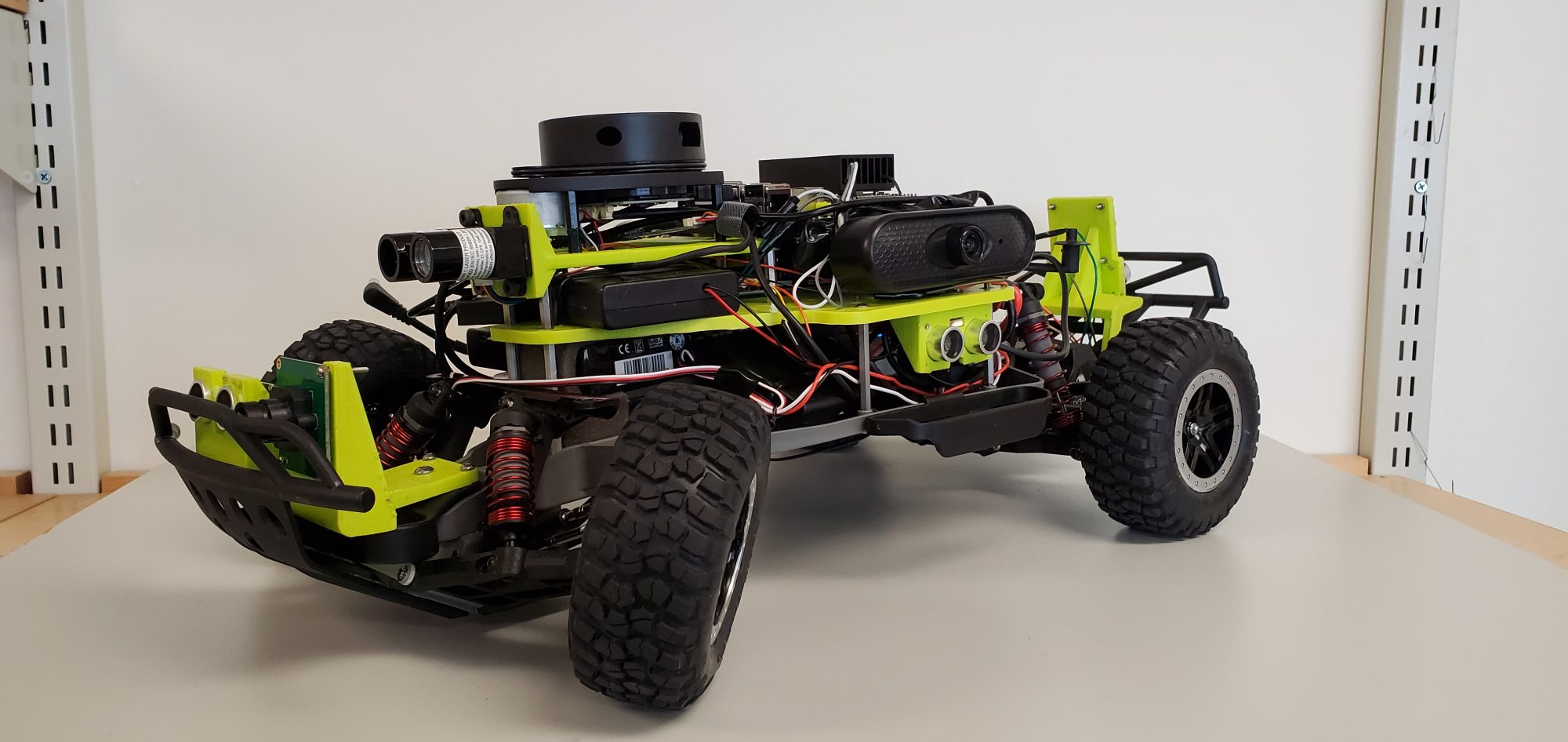Derakhshan, Mohsen, Mehdi Gilaki, Andrew Stacy, Elham Sahraei, and Damoon Soudbakhsh. “Bending Detection of Li-Ion Pouch Cells Using Impedance Spectra.” ASME L in Dynamic Systems and Control 1, no. 3 (2021): 031005.
Abstract
Li-ion batteries are the preferred choice of energy storage in many applications. However, the potential for fire and explosion due to mechanical damage remains a safety concern. Currently, there are no criteria for the extent of the mechanical damage under which the batteries are safe to use. Here, we investigate the effects of bending damage to Li-ion cells on their impedance spectra. After the initial characterization of four Li-ion pouch cells, one of the cells underwent a three-point bending load. We measured the impedance spectra of this cell after each increment of loading. The impedance data of the control group cells were collected at the same intervals as the damaged cell. A distributed equivalent circuit model (dECM) was developed using the data from the electrochemical impedance spectroscopy (EIS) procedure. We observed that several model parameters such as the magnitude of constant phase elements had similar trends in the control cells and the bent cell. However, some model parameters such as resistances in parallel with constant phase elements, and the inductor showed dependency on the extent of the damage. These results suggest the potential for use of such parameters as an indicator of mechanical damage when visual inspection of cells is not possible in a battery pack setup. Future steps include investigation of similar trends for other commercial batteries and chemistries and form factors to verify the applicability of the current findings in a broader context.

